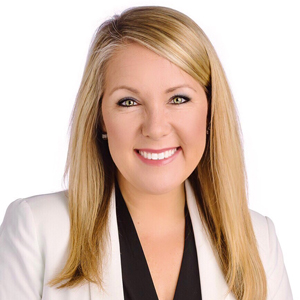
During the height of the pandemic, annual surveys of skilled nursing facilities understandably skidded to a stop.
Flash forward to August 2020, when the Centers for Medicare & Medicaid Services directed state survey agencies to begin conducting standard surveys again. But while infection control surveys were common and plentiful during the last year and a half, annual surveys continue to lag way behind schedule, with many implications for the industry.
Even in non-COVID times, every facility was not perfectly surveyed every 12 months. CMS employs the use of “cycles” in order to count three standard surveys for each provider without regard to the exact timing of those surveys.
Cycling is a great equalizer until it becomes a great detractor when survey lag is extreme and unequal, as it has become today for many facilities.
Nationwide, almost one in five facilities last received an annual inspection over two years ago. In Georgia, Maryland and Oregon, that figure climbs to over 50% of facilities. In Connecticut, Idaho and Virginia, it’s at over 40% of facilities.
Thinking facilities with lower star ratings have been prioritized as those being surveyed first post-pandemic? Think again. The unsurveyed facilities nationwide evenly span all rating levels from 1- to 5-stars. In Georgia, almost half of the facilities that have not been surveyed in over two years are rated only 1- or 2- stars overall.
Why should providers be worried about this lack of annual surveying, which they typically loathe? Let us count the ways.
Of those who have not been surveyed in over two years, 119 have the abuse and neglect icon displayed on Care Compare. Until those facilities receive a new standard survey, they cannot escape the old survey citations that are potentially keeping them with the red stop hand icon on Care Compare.
Of facilities in the special focus candidate pool at risk of becoming the next special focus facilities in their states, one in four have not been surveyed in over two years, including the top-scoring survey candidates in 10 states.
Is it really fair to penalize these facilities for compliance that was last checked two years ago? Their opportunities to show improvement and be removed from the candidate list are greatly diminished without a new standard survey.
There’s been a political push for more transparency in the industry and tougher regulation. What about the responsibility of the government to provide current information to drive informed decision-making for residents, operators, consumers, lenders and other stakeholders? How are operators expected to flourish in a tough census-building environment when not given the opportunity to move past old deficiencies that are holding them back in their efforts?
The survey offices may be backlogged and experiencing staffing crises like the rest of the industry. Perhaps CMS should consider removing some of the punitive aspects of the public data reporting or include a provider-friendly icon on Care Compare to reflect “this data is dated and potentially misleading,” while survey offices work to catch up with more current outcomes.
Jessica Curtis, CHFP, CRCA is managing partner at Formation Healthcare.
The opinions expressed in McKnight’s Long-Term Care News guest submissions are the author’s and are not necessarily those of McKnight’s Long-Term Care News or its editors.





